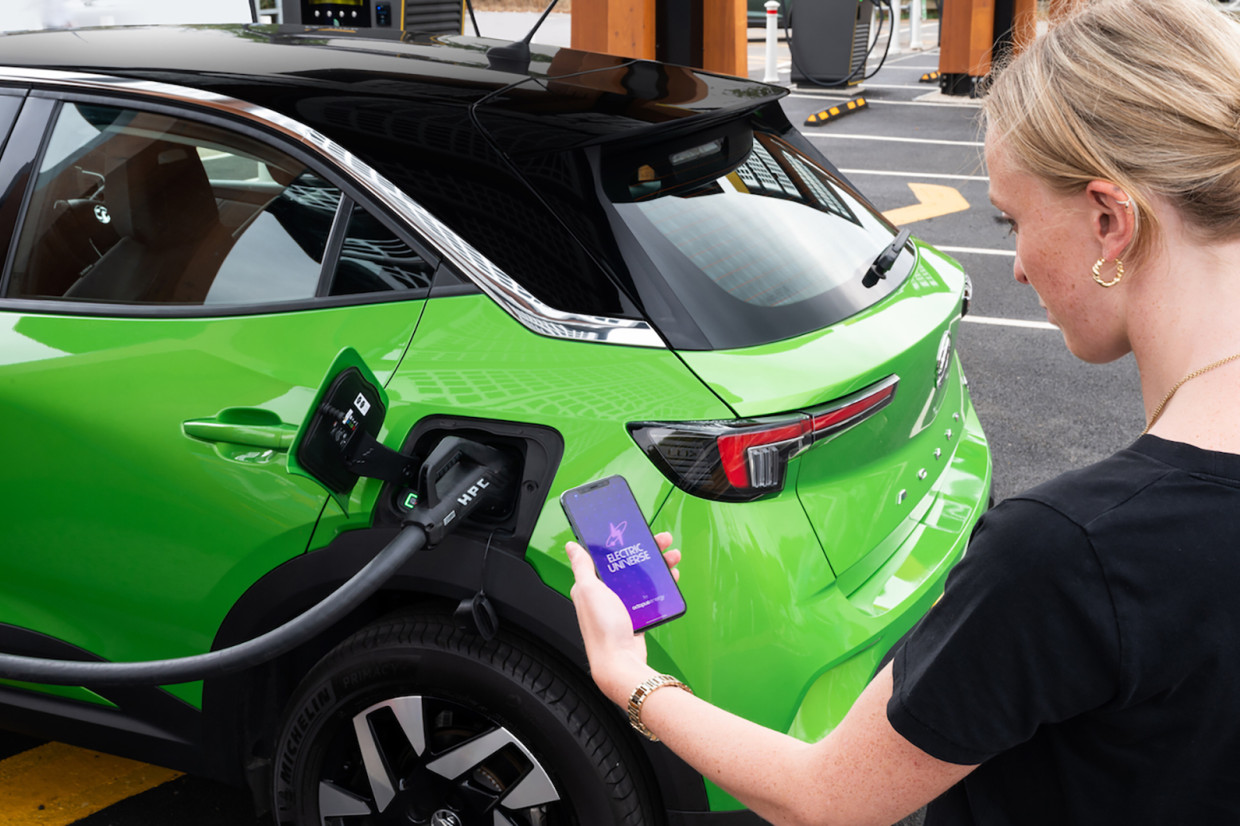
You often hear concerns that increasing sales of electric vehicles will drive up energy costs, or that the UK grid won’t be able to cope. But Octopus Energy is aiming to highlight how all those car batteries can combine to form a sizeable ‘virtual’ power plant.
No, a virtual power plant isn’t something that only exists in the metaverse, or anything fancy like that. It actually refers to the more than 100MW of car batteries from "tens of thousands" of vehicles that the firm manages through its Intelligent Octopus smart tariff.
Sign up for Move Electric's FREE newsletter for the latest electric vehicle updates
All new home charge points sold in the UK are required to be capable of smart charging, which basically means you can set them to charge an EV at times of low demand– usually overnight – when energy prices are cheaper and more renewable energy is generally used.
The Intelligent Octopus tariff features a flexible tariff with 10p per kilowatt hour overnight rate, with smart technology used to automatically charge cars when the grid is quieter. The firm claims that could save the average electric car drive more than £760 a year, and reduce costs to around 3p per mile.
When that is scaled up to all the EVs owned by drivers on the smart tariff, it could potentially help reduce overall energy costs, by shifting demand out of peak times and reducing the need for more expensive gas power. UK energy unit prices are currently set by the most expensive type of energy used to generate power.
How big is 100Mw of batteries? Well, it’s the same size as the Minety Battery Storage Facility in Wiltshire, which is currently the UK’s largest (that site is planned to grow to 150MW). It also means that the combined energy capacity of the cars on the Intelligent Octopus tariff could power Leicester for an hour.
Alex Schoch, Octopus Energy's head of flexibility, said: “We urgently need to build flexible grid technology to turbocharge the green energy system. The tariff acts as a virtual power plant, shifting demand out of peak times and therefore cutting bills for everyone."
The combined capacity of the EVs on the Octopus scheme also highlights the potential benefits of vehicle-to-grid chargers, which in the future will allow EVs to feed power back to the grid at times of high demand, effectively creating extra capacity. Various UK trials have begun on the technology, and a growing number of cars are being developed with the capability to do so.
READ MORE
Subscribe to the Move Electric newsletter
e-CARS
Ten electric cars we're excited for in 2023
Getting an EV sideways: how easy is it to drift a Kia EV6 GT?
Q&A: Jaguar Racing's Sam Bird and Mitch Evans on Formula E's new era
e-BIKES
Ten electric bikes we're excited for in 2023
Can you get fit using an electric bike?
e-MOTORBIKES
Ten electric motorbikes we're excited for in 2023
Super Soco TC Max electric motorbike review
Cake and Polestar team up for new special edition Makka e-motorbike
e-SCOOTERS
Planned laws to legalise private e-scooters face delay
Five key takeaways from the rental e-scooter trials report
Which train firms have banned e-scooters from their services?
e-WORLD
Move Electric's best features of 2022: lap records, tuk-tuks… and sausage rolls
Volvo Trucks keeps on electric trucking with three new models

